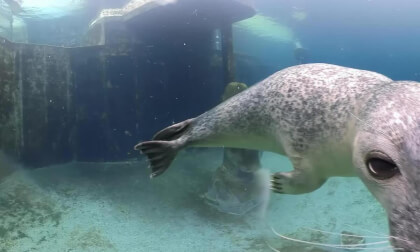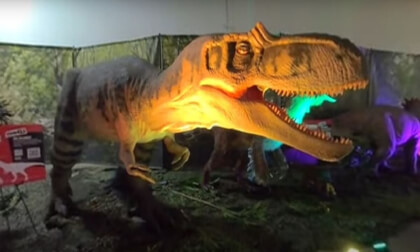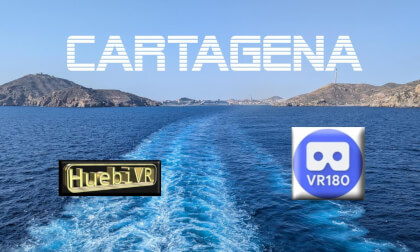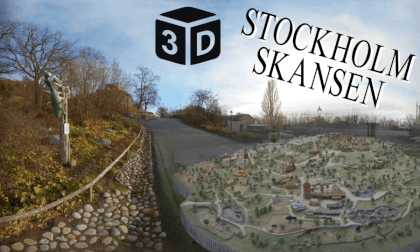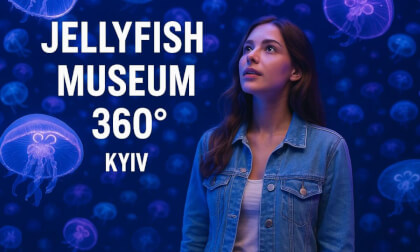
New: AI passthrough!
This amazing Deo feature uses the power of AI to turn every VR scene into AR passthrough! Now you can take characters out of VR and have them right there with you - as if they were in the same room.
Notice: AI Passthrough is presently in beta mode, and as such, users may encounter occasional service imperfections. The feature is currently exclusive to the DeoVR app, but it will soon be accessible on both browsers and mobile devices. Your feedback is highly encouraged and appreciated.
Recommended headsets:
Meta Quest 3, and Quest Pro with stereoscopic color passthrough, Pico 4 (monoscopic color passthrough).
Compatible headsets:
Quest 2, Valve Index (monoscopic black and white passthrough).
Passthrough is not compatible yet for Oculus Link cable.
Check out our complete guide to passthrough and join in the discussion at our busy forum.
This video also includes footage of a Megalodon’s set of teeth, which is in a separate display in the museum, so you can see how many rows of teeth grew in the giant shark’s mouth. Sharks constantly shed their teeth and replace them with new ones, and a shark can lose and replace thousands of teeth in its lifetime.
To learn more about this shark model and the museum, please visit the following sites:
Smithsonian Megalodon Page, https://ocean.si.edu/ocean-life/sharks-rays/megalodon
Smithsonian Natural History Museum Site, https://www.si.edu/museums/natural-history-museum




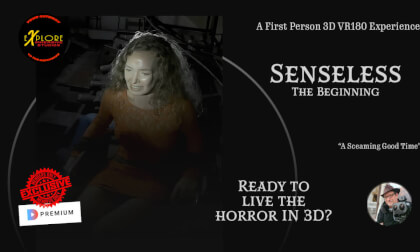


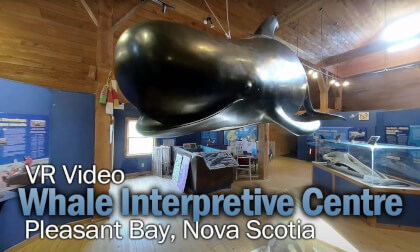





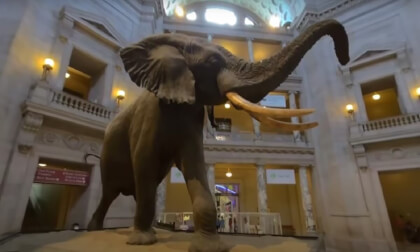
![[VR180] Tsukuba Forest Dinosaur Display – 14 Animated Figures in 3D Virtual Reality [VR180] Tsukuba Forest Dinosaur Display – 14 Animated Figures in 3D Virtual Reality](https://cdn-vr.deovr.com/images/84672/48963_vr-tsukuba-forest-dinosaur-display-animated-figures-in-d-virtual-reality-cover-app.jpg)



